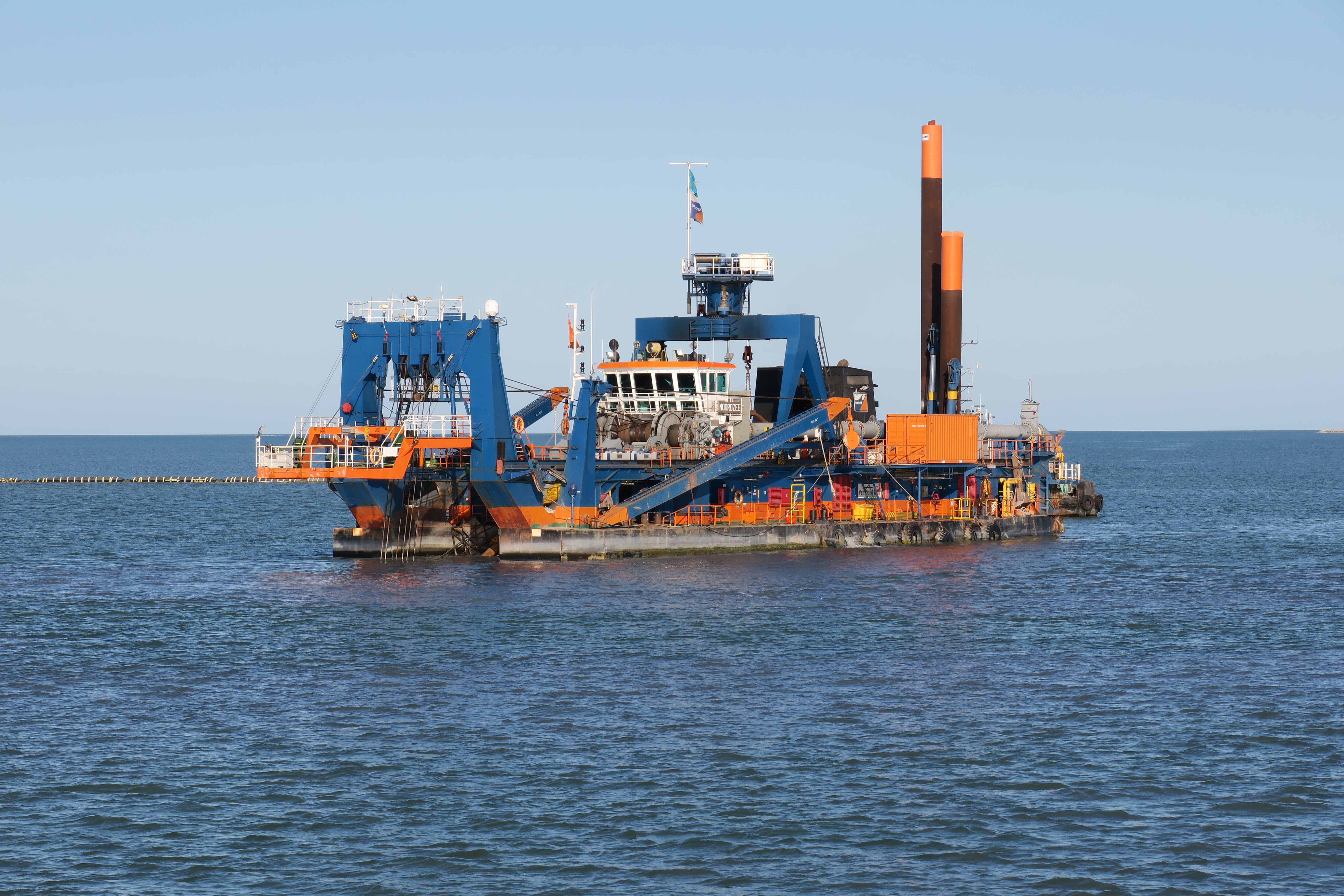Prorva channel project creates vital access while preserving wildlife

During the three years from 2014 to 2017, an important dredging project was achieved in the Kazakhstani part of the Caspian Sea. Involving four cutter suction dredgers (CSDs), the Prorva Access Channel project was carried out by Van Oord on behalf of Kazakhstan-based TenizService.
TenizService is an affiliate of the oil and gas company KazMunaiGas and is responsible for the construction and operation of the Cargo Transportation Route (CaTRo). This is needed to provide access to new facilities at the Tengiz oil field near Prorva in western Kazakhstan.
Difficult circumstances
Due to the shallow water of the Caspian Sea in this area, the marine access channel spans a large distance of approximately 68 kilometres. Van Oord had to dredge 18 million m3, which could only be done between April and October.
Although it varies somewhat from year to year, by the end of October the ice starts to make navigation in the Northern part of the Caspian Sea impossible, resulting in an interruption in dredging operations.
It is only by March that conditions improve sufficiently in the area in order for it to become accessible again.

Dredging strategy
The four CSDs deployed on the project included two mid-size vessels: the NOORDZEE, with a total installed power of 5,965kW; and the HAM 219 with a total installed power of 3,583kW. The two smaller vessels – the URAL RIVER and MANGYSTAU – both had a total installed power of 2,972kW.
The channel had to be dredged to a depth of 4.8 metres. The bottom of the channel has a design width of 61 metres and a slope of 1 to 5. The original bottom level at the site ranged from just a few metres at the outside of the channel and practically zero on the inside.
With four dredgers on the project, Van Oord selected a work method that allowed for a fast and efficient progress. Instead of having the larger dredgers cover the entire profile, the two smaller ones went in front and dredged the upper layers. The larger dredgers could then complete the channel in a single cut. This work method made it possible to simultaneously deploy all four dredgers and for each of them carry out the work that they were most suited to.
The material dredged was pumped into new islands – 14 submerged and 16 emerged – along the route of the channel and alternating at the northern and southern sides. The islands have been designed in such a way that their level rises from the outside of the channel to the inside, along with the original depth of the sea bottom. As a result, the shift from submerged to emerged islands lies about halfway along the channel.
Although the project serves primarily to create a maritime access route to the Tengiz construction site, it also enhances the potential for nature restoration and development. The islands are the main asset in this and their different levels offer the opportunity for them to be used by a wide range of marine mammals and birds.
The submerged islands have been made with the help of the spreader pontoons. The construction of the emerged islands required specialist earth moving equipment, including amphibious excavators.

Many challenges
The CaTRo project entailed a wide variety of challenges. The primary ones involved the extremely remote location, the shallow water and the environmental aspects, in particular with respect to marine mammals and birds.
In view of the remoteness and with no existing facilities nearby for the maintenance and repair of the dredgers and other equipment, Van Oord arranged its own dedicated facility. This consisted of the workshop barge CATRO II.
Besides an on-board workshop and storage room, the CATRO II has also been equipped with a ship lift that allows small vessels to be elevated from the water and perform maintenance and repairs in dry conditions.
Furthermore, it also served as a steady platform from which repairs could be done on the dredgers.
The CATRO II is undoubtedly one of the key elements that contributed to the success of the project, otherwise equipment would have had to be towed to the nearest port, Bautino. This would have involved a trip of around 48 hours there and the same back again, resulting in unacceptable downtime.

Do you want to discuss your dredging challenge?
Get in touch and our experts are happy to help.